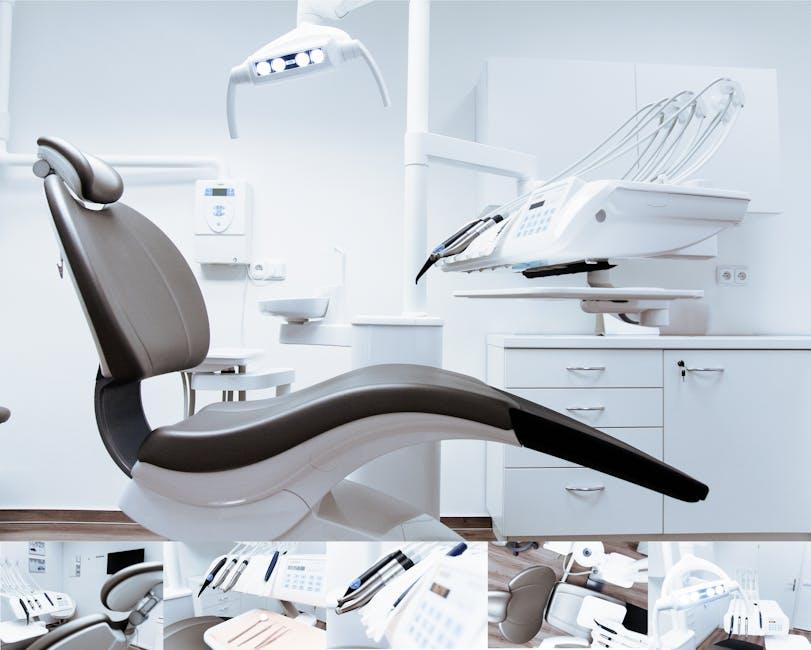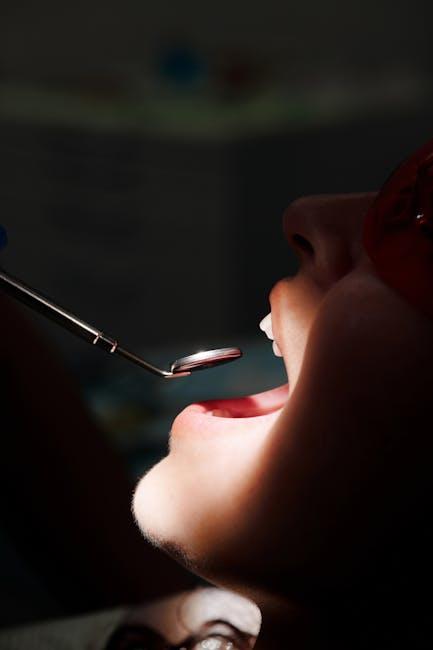
Pa.’s Shortage of Dentists, Hygienists a Complex Issue Felt Most in Rural Counties: ‘We Have Deserts’
In Pennsylvania, a growing shortage of dentists and dental hygienists is causing serious concern — particularly in rural counties where access to oral healthcare is dangerously limited. Referred to as dental care “deserts,” these underserved areas face a complex challenge that affects the health and wellbeing of thousands of residents. This article explores the root causes of Pennsylvania’s dental professional shortage, its impact on rural communities, and practical steps being taken to address the issue.
The Growing Shortage of Dentists and Hygienists in Pennsylvania
The state of Pennsylvania is grappling with a significant shortage of dental professionals, a problem that has intensified over the last decade. Various reports, including those featured in the Pittsburgh Post-Gazette, highlight that many rural and economically disadvantaged areas are hardest hit.
Key factors contributing to this shortage include:
- Aging Workforce: Many dentists and hygienists are approaching retirement age without sufficient replacements.
- Urban Concentration: A majority of dental practitioners prefer urban or suburban locations, leaving rural counties underserved.
- High Education Costs: The extensive time and financial investment to become a dental professional deter many potential candidates.
- Limited Incentives: Rural areas often lack competitive salary offers, benefits, or professional development opportunities.
Rural Dental Care Deserts: What They Are and Why They Matter
Dental care deserts describe geographic regions with inadequate access to oral health providers. In Pennsylvania, these “deserts” are especially prevalent in rural counties, where distances to a dentist or hygienist can be prohibitive for many residents.
Why should we be concerned about these dental care deserts?
- Oral Health Disparities: Residents in these areas experience higher rates of untreated dental decay, gum disease, and complications from oral infections.
- Overall Health Impact: Poor oral health is linked to chronic diseases such as diabetes and heart disease, making dental care a critical component of general health.
- Economic Burden: Lack of preventive care leads to costly emergency treatments, increasing healthcare expenditures for individuals and public programs.
- Access Inequality: Vulnerable populations, especially seniors, children, and low-income families, bear the brunt of limited dental care availability.
Table: Pennsylvania’s Rural Counties with Critical Dental Shortages
| County | Population | Number of Dentists | Dentist-to-Population Ratio | Status |
|---|---|---|---|---|
| McKean | 40,000 | 5 | 1:8,000 | Critical |
| Forest | 7,200 | 0 | N/A | Dental Desert |
| Indiana | 83,000 | 10 | 1:8,300 | Critical |
| Sullivan | 6,000 | 0 | N/A | Dental Desert |
Why Pennsylvania’s Dental Workforce Disparity is a Complex Issue
The shortage cannot be quickly fixed by simply training more dentists or hygienists. The complexity arises from many intertwined factors:
- Rural Practice Challenges: Rural offices struggle with lower patient volumes, limited infrastructure, and isolation which deter many new graduates.
- Reimbursement Rates: Medicaid and insurance reimbursements are often lower in rural settings, affecting practice viability.
- Recruitment and Retention: Attracting dental professionals to rural counties requires targeted incentives, community integration, and investment.
- Health Literacy and Education: Reducing dental problems takes more than access — education on oral health is critical but often lacking.
Benefits of Addressing the Shortage
Improving access to dental care in Pennsylvania’s rural counties can yield far-reaching benefits, such as:
- Better Oral and Physical Health: Early intervention reduces the risk of systemic conditions linked to oral infections.
- Lower Emergency Visits: Preventive care cuts costly emergency room visits for dental pain and infections.
- Improved Quality of Life: Oral health influences nutrition, speech, confidence, and employment — critical to overall wellbeing.
- Economic Growth: Healthy populations contribute more effectively to local economies and reduce public health spending.
Practical Tips for Residents in Dental Care Deserts
While systemic solutions evolve, residents struggling to find dental care in rural Pennsylvania can consider these approaches:
- Utilize Mobile Clinics: Look for mobile dental vans that visit your area periodically.
- Seek Tele-dentistry Options: Remote consultations can offer advice and initial screening.
- Prioritize Preventive Care: Regular brushing, flossing, and dietary choices are vital when professional care is limited.
- Explore Community Resources: Contact local health departments or nonprofits for dental care assistance programs.
- Plan Travel Strategically: If feasible, arrange visits to dentists in nearby towns or cities and combine appointments.
Case Study: A Rural Community’s Battle with Dental Shortages
In Forest County, local leaders have launched an innovative program partnering with dental schools across Pennsylvania. By offering rural internships and loan forgiveness plans, they aim to entice new dentists and hygienists to serve their residents.
Within two years, the county coordinated more than 15 mobile clinic visits, increasing patient treatment rates by 30%. Such initiatives highlight how community effort and policy support can start closing the gap in rural dental care deserts.
Looking Ahead: State and Federal Actions Addressing the Shortage
Policymakers in Pennsylvania are exploring multiple strategies to tackle the dentist and hygienist shortage, including:
- Increasing funding for dental education scholarships focused on rural practice commitments.
- Expanding Medicaid coverage and improving reimbursement rates for preventive dental services.
- Supporting tele-dentistry services to extend reach and reduce travel burdens.
- Establishing dental residency programs concentrated in underserved areas.
Conclusion
Pennsylvania’s shortage of dentists and dental hygienists has created worrying dental care deserts, especially in rural counties. This complex issue combines workforce challenges, economic factors, and health disparities into a crisis that demands innovative solutions and community cooperation. While the road ahead requires sustained commitment from state health departments, educational institutions, and policymakers, awareness and practical steps can empower residents today.
By understanding and addressing these shortages, Pennsylvania can pave the way toward better oral healthcare access — ensuring that no corner of the state is left behind in achieving dental wellness and overall health.


